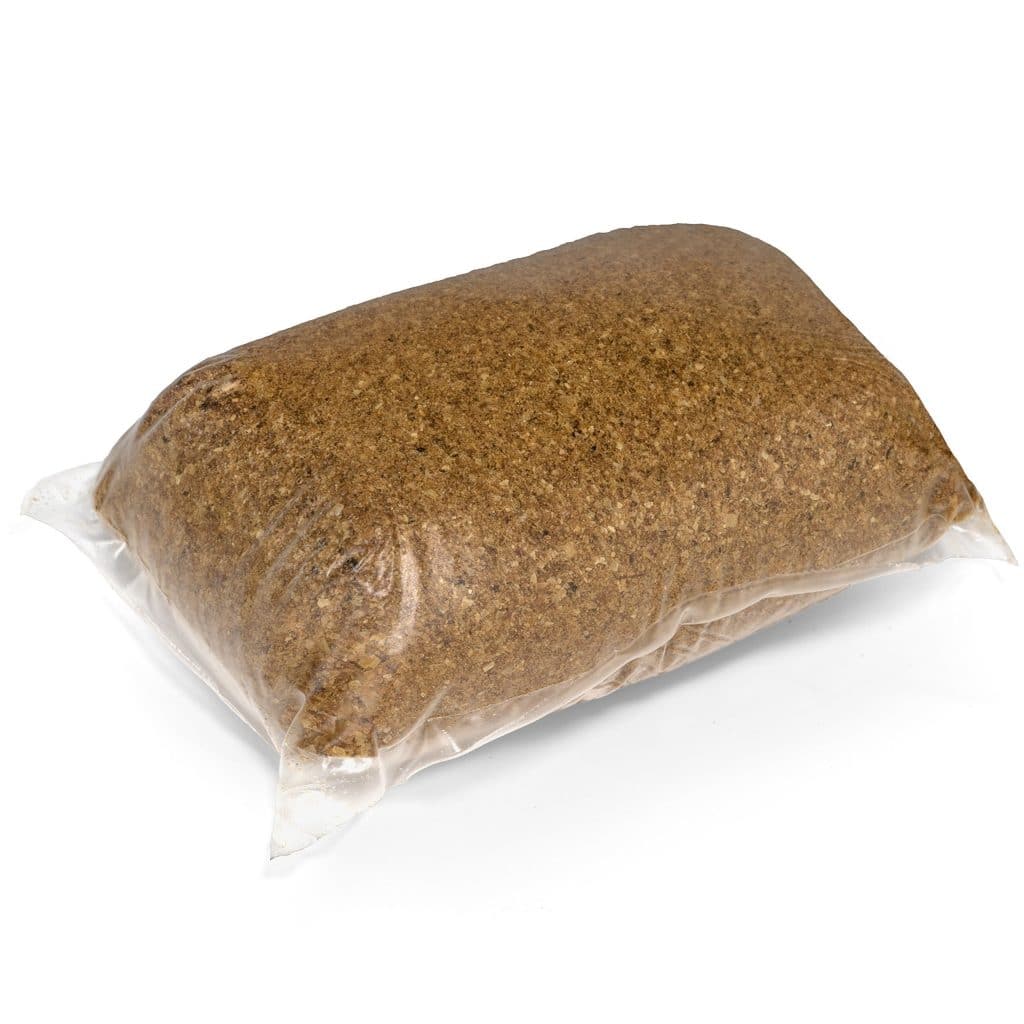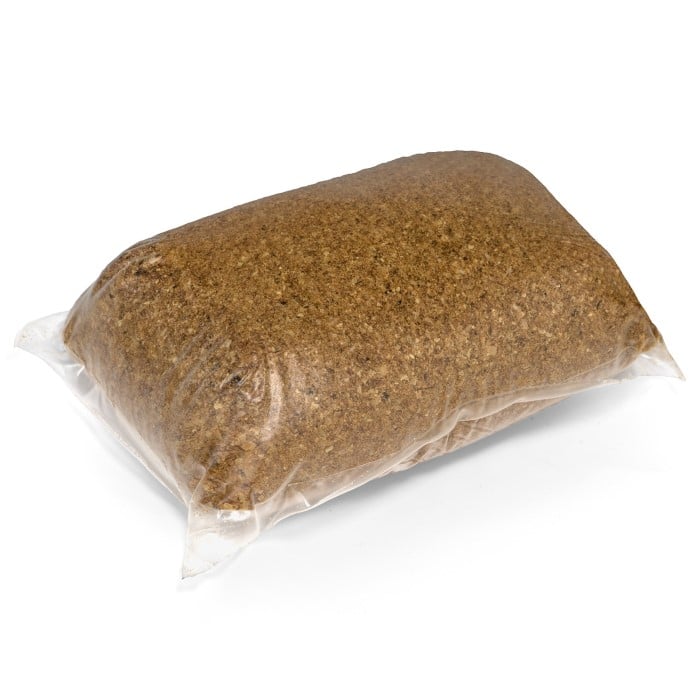
At the design phase of the septic system, you never expected for it to wind up being a raised mound. Your septic expert explained that your water table was very high that was why you had to opt for a raised mound as your septic system. Even if your landscape design was already finalized, you asked your architect to adapt the design to the raised mound system. It wasn’t an easy thing to do but through the skilled people that surrounded you, you were able to have a raised mound that looked inconspicuous in the landscaping.
When everything was already built, installed, and finalized, your septic expert told you that you should keep your raised mound in tip-top shape. It is just like a conventional septic system but more sensitive. As you know, a raised mound is exposed to the elements. It is above the surface, unlike the usual septic system. It has to be covered by a construction cloth before the thin topsoil is placed. This is to prevent the raised mound system from freezing over when winter comes. The raised mound also has a tank that collects the wastewater from your house. Inside the tank, the solid waste material is degraded by the anaerobic bacteria. Sludge is them produced. To prevent the sludge from clogging the sand filter and the soil absorption system, the tank has to be pumped and cleaned on a regular basis. To help you do this, additives and treatments should be administered into your raised mound.
For years, it has been debated if the ideal additives and treatments applied should either be organic, inorganic, or biological. You are already familiar with the inorganic ones that are composed of harsh acids and bases that oftentimes leave a trail of corrosion in our raised mound system. Biological additives and treatments are seen as favorable to the system and to the environment as well because of the non-pathogenic bacteria that are added into the tank. Organic additives and treatments for your raised mound are your baking soda, yeast, and vinegar.
Baking soda is an organic additive that is good at maintaining a neutral environment for the bacterial population. This allows the bacteria to thrive and perform efficiently. Yeast makes the bacteria in the tank perform well and makes an ideal deodorizer in raised mounds that are not used that often. Vinegar is a great substitute for caustic soda treatments. Caustic soda can be pretty harsh and is known to kill off the bacteria present in the tank. Organic and biological additives are known to be your raised mound’s health tonic because of the benefits that they yield. But even if organic additives and treatments are advantageous, not all raised mound owners use them mainly because not all of them are environment-friendly. When you pour the organic additives into your toilets and drains, the results and the amount you use depend on the running condition of your raised mound. It can also save you a lot if you choose to use these organic additives because you could just find them in your cupboard or fridge.
The lifespan of your raised mound is very important. That is why you decided to use the organic additives to help in the care and maintenance of your system. Just make sure that you keep your septic professional informed. You have to know the real deal by trying these organic substances to clean your raised mound. Learn how to observe and keep track of your usage so that you may be well-guided. Doing so will help you become a raised mound owner that enjoys a smooth running wastewater treatment facility for decades.
